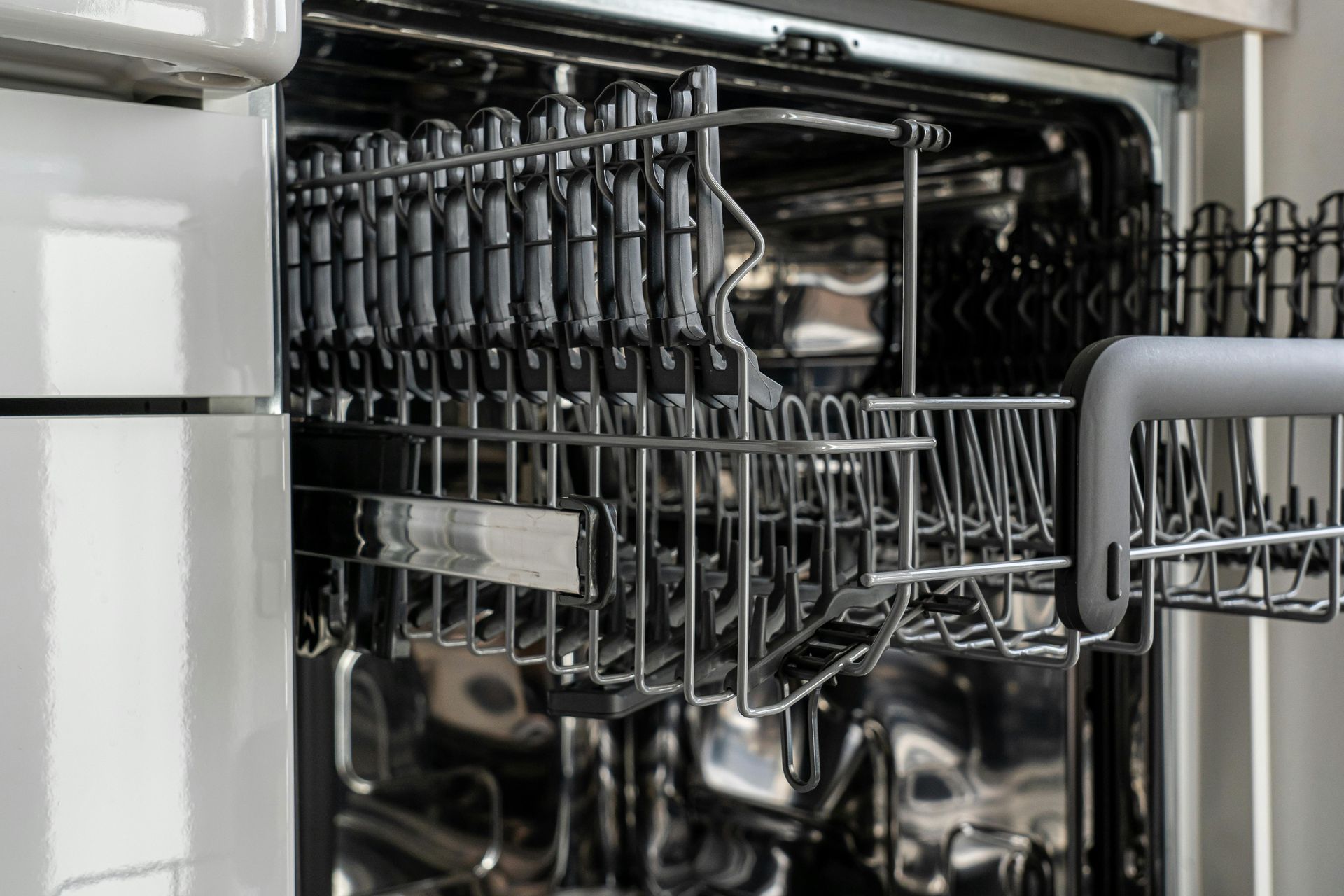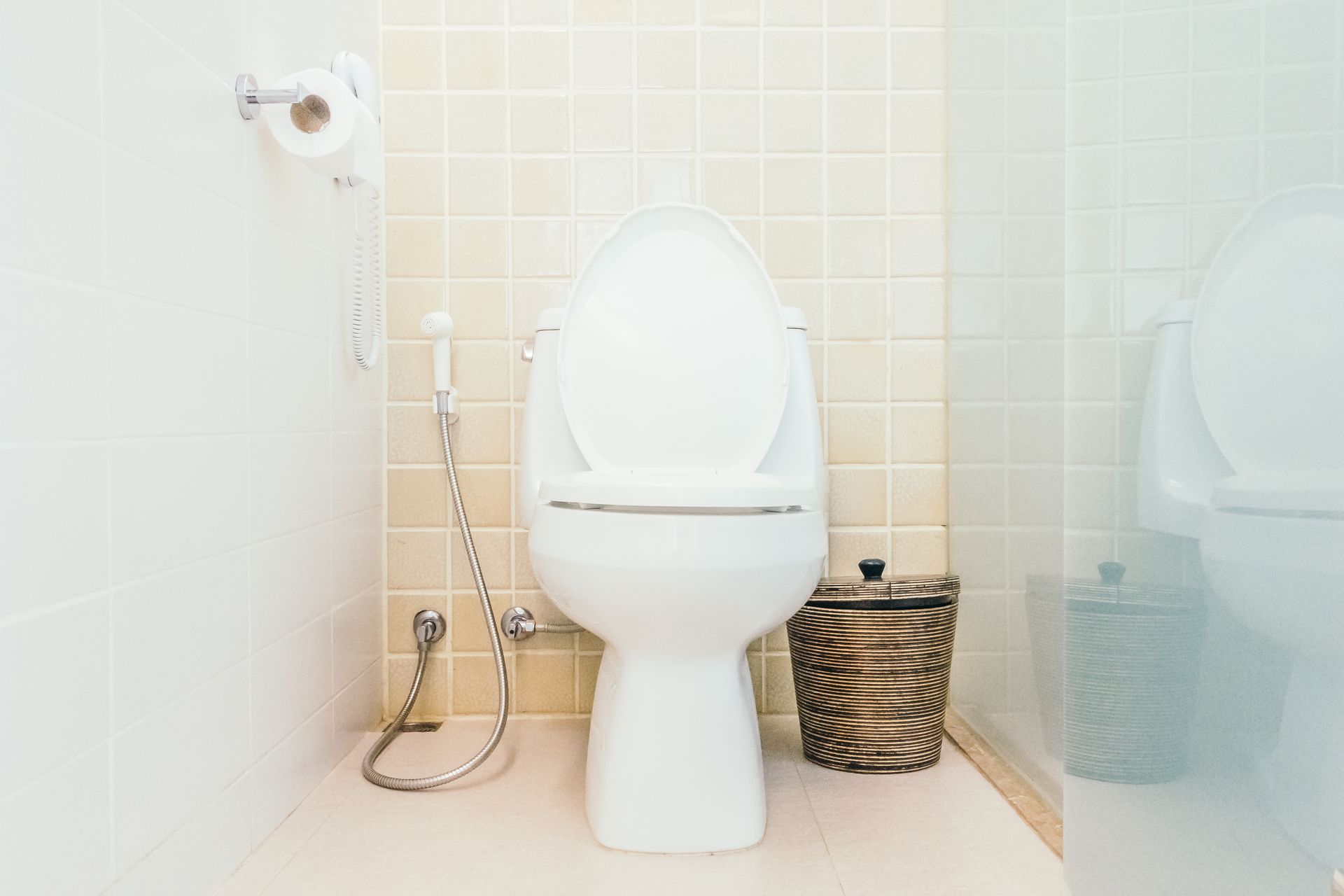How to Choose the Right Size Water Heater for Your Family?
Selecting the correct size water heater for your family is essential for both comfort and efficiency. An undersized unit leads to cold showers and frustration, while an oversized one wastes energy and money. This comprehensive guide will walk you through the factors to consider, the types of water heaters available, and how to match your family's needs to the right capacity for years of reliable hot water.
Understanding Your Household’s Hot Water Needs
The first step in choosing the right water heater size is to assess your family's daily hot water usage. Consider the number of people in your household, the number of bathrooms, and the frequency of simultaneous hot water activities. For instance, a family of four with two bathrooms and appliances like dishwashers and washing machines will have a much higher demand than a single-person household.
It’s important to think about peak usage times—such as mornings when everyone showers and appliances are running. Calculating your peak hour demand is crucial. List out all hot water fixtures and estimate their usage. For example, a typical shower uses about 10 gallons, a laundry cycle can use up to 30 gallons, and dishwashers consume around 6 gallons per cycle. By adding these up, you can estimate the maximum amount of hot water your family might need at once.
Types of Water Heaters and Their Sizing Methods
Water heaters come in several types, each with its own sizing considerations. The most common are storage tank water heaters and tankless (on-demand) water heaters.
Storage Tank Water Heaters:
These units store a set amount of hot water, measured in gallons or liters. Sizing is based on the tank’s capacity and its First Hour Rating (FHR), which indicates how much hot water the heater can deliver in one hour of use. For example, a family of four typically requires a 40- to 50-gallon tank, while larger families may need 60 gallons or more.
Tankless Water Heaters:
Tankless models heat water as it flows through the unit, so sizing is determined by the required flow rate (gallons per minute) and the temperature rise needed. To size a tankless water heater, add up the flow rates of all fixtures you expect to use simultaneously. For example, if you plan to run a shower (2.5 GPM) and a faucet (0.75 GPM) at the same time, you’ll need a unit that can handle at least 3.25 GPM at your desired temperature rise.
Solar Water Heaters:
Sizing a solar water heating system involves determining the total collector area and storage volume to meet your household’s hot water needs, especially during peak periods. Contractors often use guidelines such as 20 square feet of collector area for the first two family members and 8–14 square feet for each additional person, depending on climate1.
Matching Water Heater Size to Family Size
Manufacturers and experts provide general sizing recommendations based on household size. For storage tank water heaters, here’s a typical guideline:
- 1–2 people: 23–36 gallons (or 10–15 liters)
- 2–4 people: 36–46 gallons (or 15–20 liters)
- 3–5 people: 46–56 gallons (or 25–35 liters)
- 5+ people: 56+ gallons (or 35 liters and more)
For tankless water heaters, a flow rate of 5.5 gallons per minute (GPM) is usually sufficient for simultaneous use in an average household, but larger families or homes with multiple bathrooms may require higher capacities.
Considering Usage Habits and Appliances
Your family’s hot water habits significantly influence the required water heater size. If your household frequently runs multiple showers, washing machines, and dishwashers at the same time, you’ll need a larger capacity or higher flow rate. Take into account not just the number of people, but also lifestyle factors such as bathing preferences, frequency of laundry, and the presence of soaking tubs or high-flow fixtures.
Additionally, consider future needs. If you plan to expand your family or add new appliances, it’s wise to choose a slightly larger water heater to accommodate growth.
Energy Efficiency and Placement Considerations
Choosing the right size water heater is not only about meeting your family’s needs, but also about optimizing energy efficiency. An oversized unit will consume more energy maintaining hot water you don’t use, while an undersized one will strain to keep up, reducing its lifespan and efficiency.
Proper placement and insulation are also important. For example, if your water heater is installed in an unheated garage or basement, it may need additional insulation to prevent heat loss and to protect the unit from freezing temperatures. This is especially important for outdoor plumbing, where you should take steps to prevent your outdoor faucet from freezing, as this can impact the efficiency and safety of your entire plumbing system.
Professional Assessment and Installation
While general guidelines are helpful, consulting a professional plumber or water heater specialist is the best way to ensure you select the ideal unit for your home. They can assess your specific hot water needs, recommend the right capacity, and ensure proper installation. This is particularly important for complex systems like solar water heaters or when integrating with existing plumbing.
A professional can also advise on maintenance practices for water heaters, including regular flushing, checking the anode rod, and insulating pipes to maximize efficiency and lifespan.
Final Thoughts
Choosing the right size water heater for your family is a critical decision that affects comfort, energy consumption, and long-term costs. By carefully evaluating your household’s size, hot water usage habits, and future needs, you can select a unit that delivers reliable performance without unnecessary expense. Remember to factor in the type of water heater, the number of simultaneous users, and the specific requirements of your home. With the right approach and professional guidance, you’ll enjoy consistent hot water and peace of mind for years to come.











